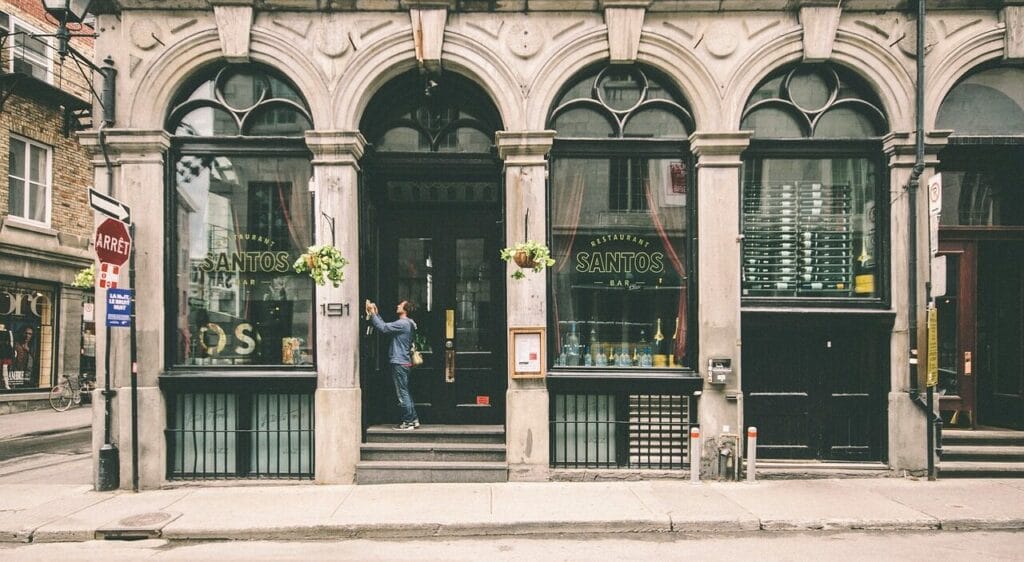In 1966, a pivotal moment in Montreal’s history unfolded underground. As the clock struck 2:30 p.m., a pair of giant scissors sliced through a red ribbon, marking the inauguration of Montreal’s first metro train. This sleek, modern transit system wasn’t just about moving people; it was a bold statement that Montreal was embracing the future.
59 years on, the metro continues to be a vital part of Montreal’s landscape, but its journey began over a century ago. The idea of a metro in Montreal dates back to 1902, but it faced numerous setbacks until Mayor Jean Drapeau’s vision took shape in the early 1960s.
Inspired by the Parisian metro system, Mayor Drapeau championed the unique design of the Montreal Metro, which featured stunning architecture and artwork by local artists in every station. This attention to detail aimed to not only provide functionality but also celebrate the city’s cultural identity.
Since its debut in 1966, the Montreal Metro has expanded significantly, with new lines and stations being added over the years. The network now boasts four lines, 68 stations, and 71 km of underground tracks, making it a crucial part of Montreal’s public transportation system.
Art has always been at the heart of the Montreal Metro, with each station showcasing the talents of Quebec artists. This commitment to artistry sets Montreal’s metro apart from others in North America and continues to be a defining feature of the system.
Today, the Montreal Metro remains a bustling hub of activity, with millions of trips taken annually. As the city looks ahead, a five-station extension of the Blue Line is on the horizon, set to open in 2026 and further enhance Montreal’s iconic metro system.



